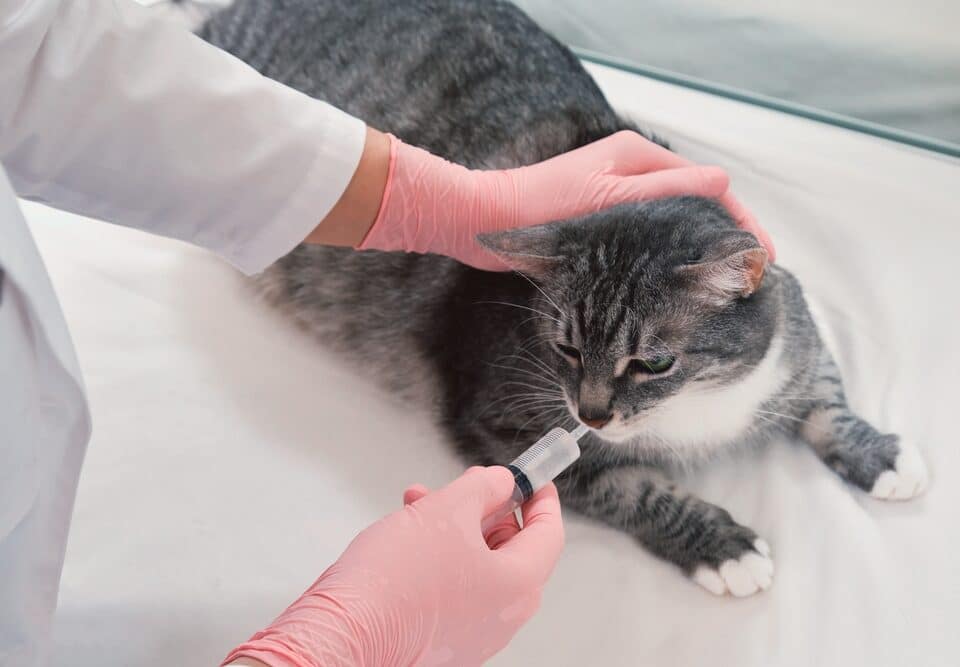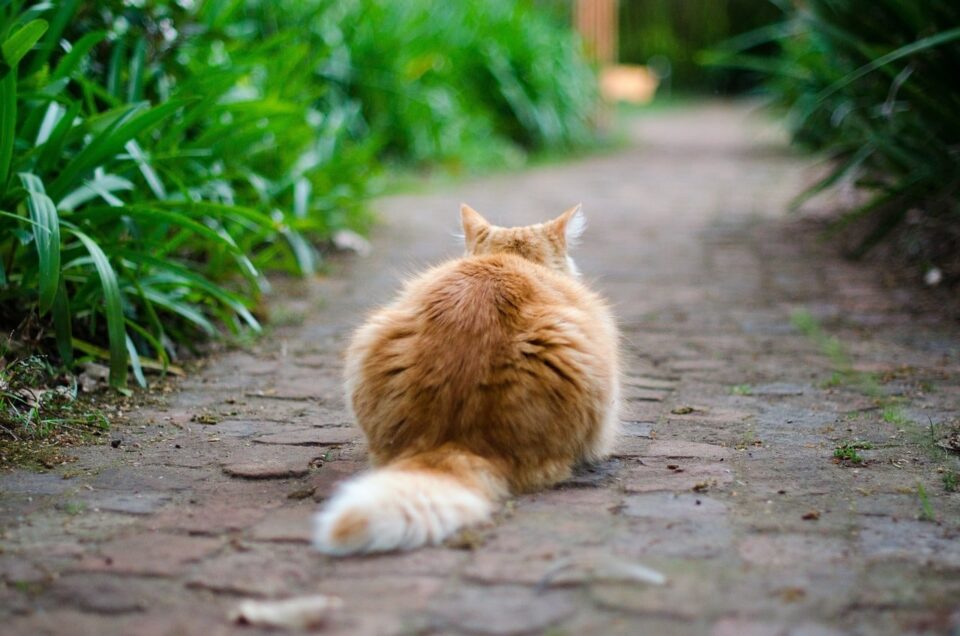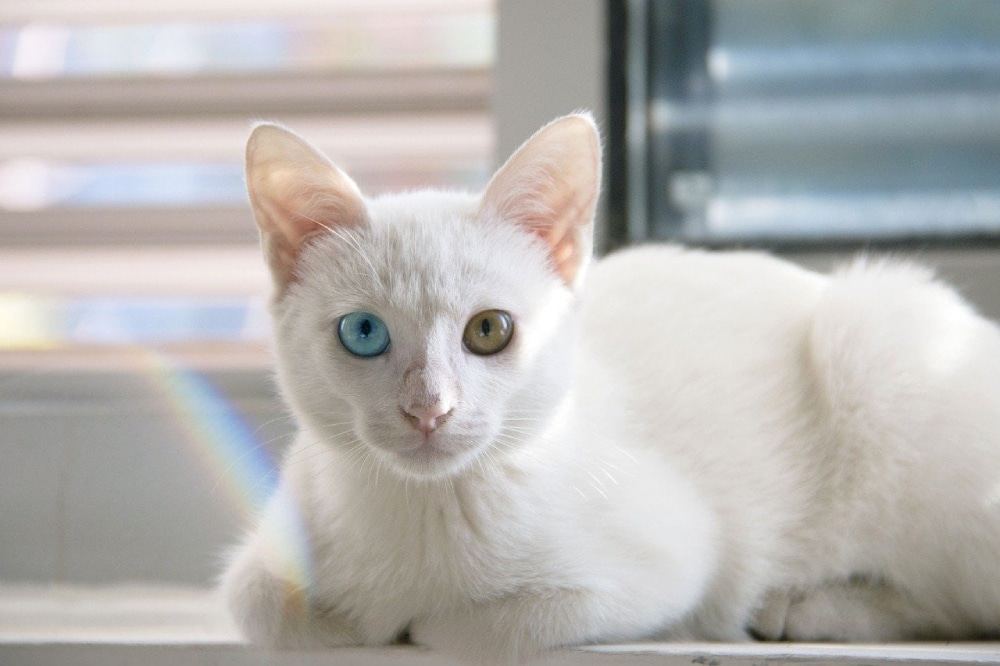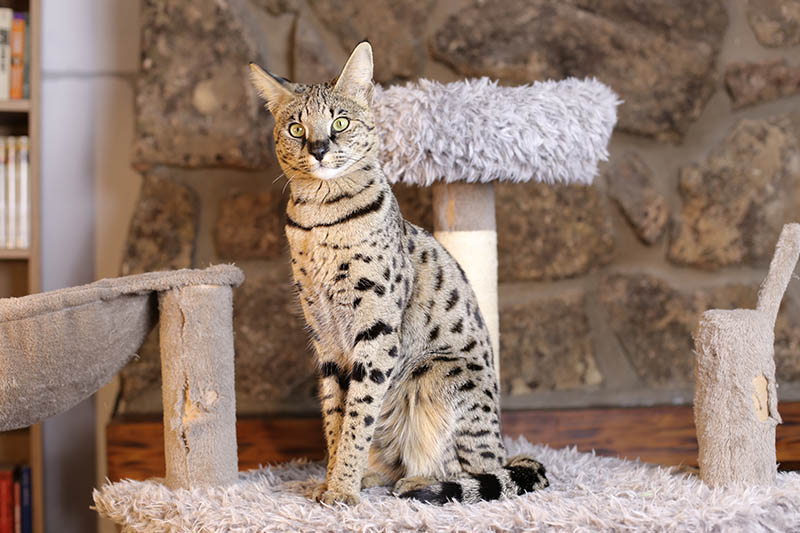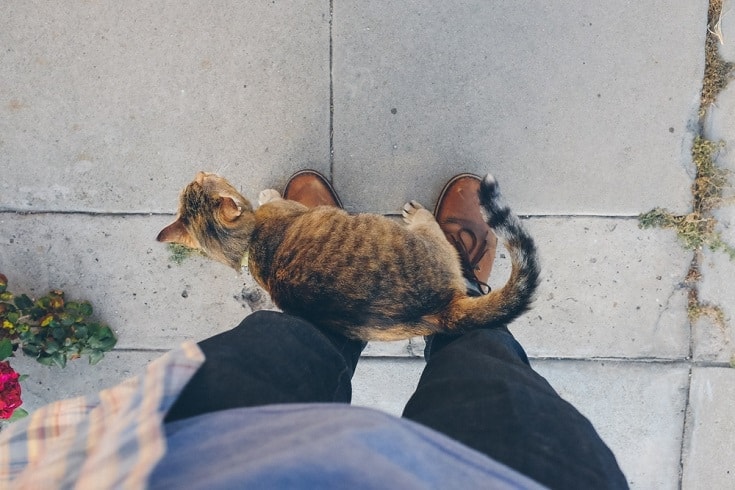Is your feline friend spending excessive time in the litter box without much to show for it? Maybe you’ve noticed tiny, firm “fecal balls” or an uptick in vomiting? If so, constipation could be the culprit.
Constipation in cats isn’t just an inconvenience—it’s something that requires attention. The reasons behind your cat’s digestive troubles can vary from simple dietary issues to more serious underlying health conditions. When it comes to managing constipation, Miralax, an over-the-counter osmotic laxative containing PEG 3350, often comes up as a viable option. So, how does it work for cats?
Miralax works by drawing water into the intestines, which helps soften the stool, making it easier to pass. Unlike stimulant laxatives, which trigger muscle contractions in the gut, Miralax relies on increasing water content to do its job. It’s generally seen as a safe and effective method to manage both minor and chronic constipation in cats. However, it’s crucial to consult a vet before adding Miralax to your cat’s regimen.
Administering Miralax is pretty straightforward—it’s a powder you can sprinkle directly onto your cat’s food. While you might wonder if cats can smell or taste it, Miralax is typically odorless and tasteless. This makes it considerably easy to get into their diet. You can either mix it into their food or attempt the less ideal, but possible, method of administering through a syringe mixed with liquid.
When it comes to dosing, vets usually recommend starting with 1/8 to 1/4 teaspoon of Miralax twice a day, but this is flexible based on your cat’s condition. If you forget a dose, missing one typically won’t cause problems, aside from a possible delay in constipation relief. But if your cat is severely constipated, a vet visit might be necessary to explore more aggressive treatment options.
While Miralax is generally safe, every cat is different. Some might experience an increase in gas or even diarrhea, especially if overdosage occurs. In situations where your cat is dehydrated already, Miralax could potentially worsen the dehydration. Therefore, constant communication with your veterinarian is essential, particularly if your cat has an ongoing condition like chronic kidney disease. Your vet can adjust dosages and recommend additional treatments, like prescription diets, for comprehensive care.
Your cat’s constipation might stem from various factors like insufficient water intake, dietary imbalances, or health conditions such as hairballs, kidney disease, or past injuries. Understanding the root cause is important, and your veterinarian might use radiographs or blood tests to get to the bottom of it. Once the cause is clear, they can suggest the best course of action, which could include Miralax as a part of a management strategy.
Constipation is no small matter for our feline companions. A little Miralax can be part of the fix, but always remember a vet should guide any treatment plan. With their help, your cat can find relief and get back to its playful self.
